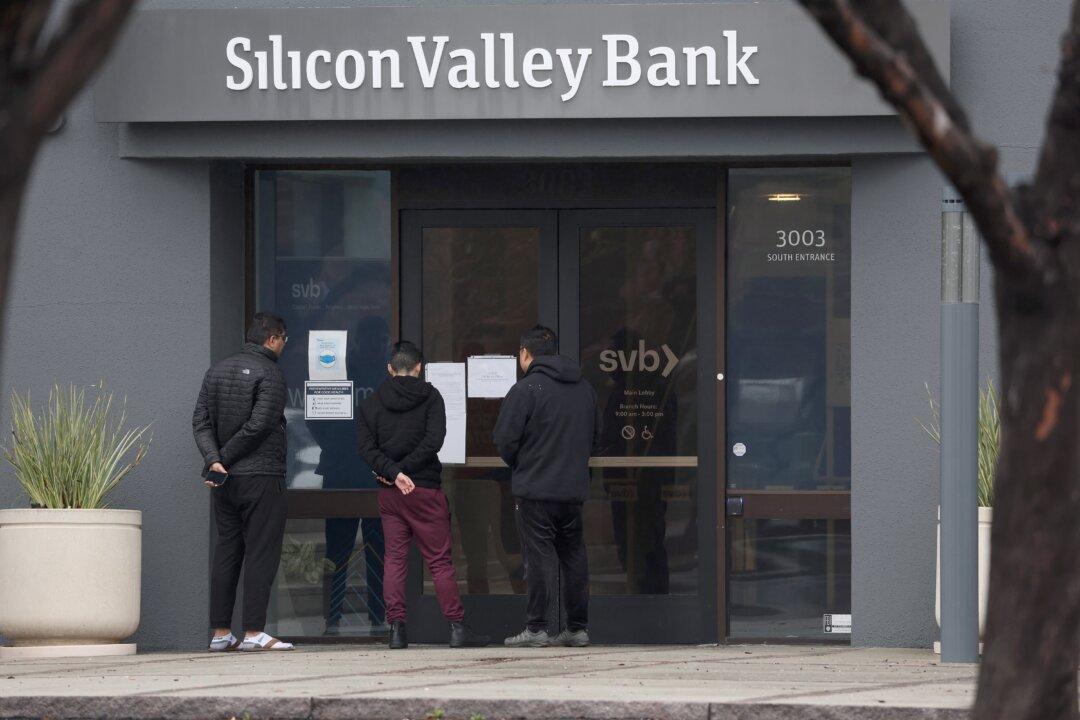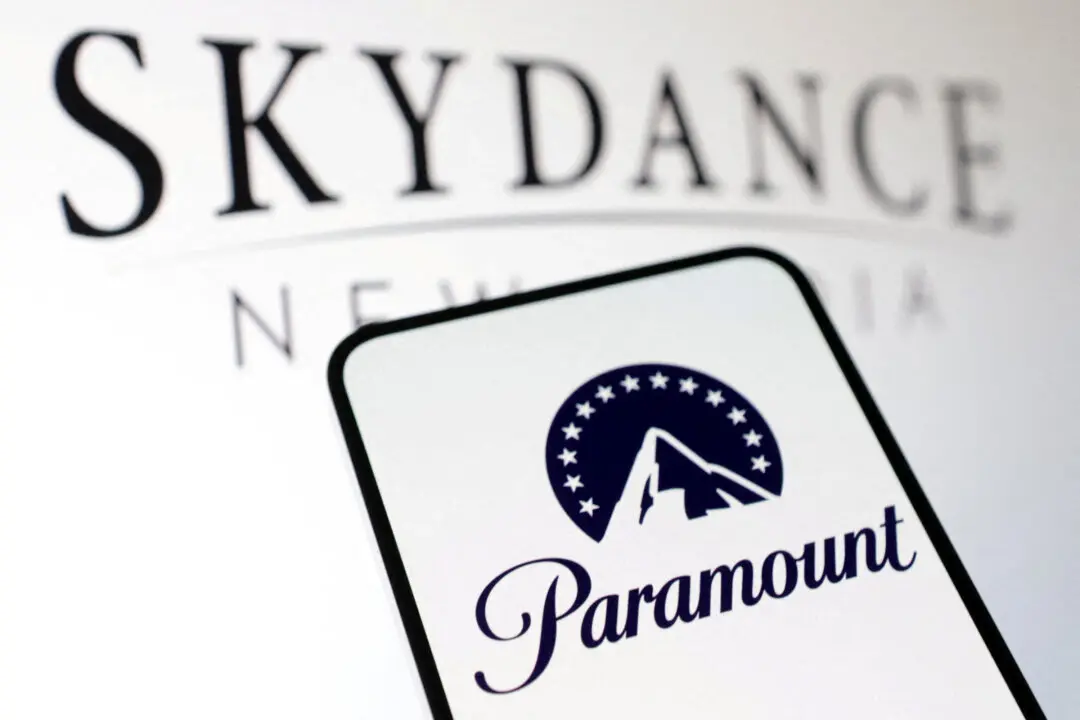In the immediate fallout of the collapse of Silicon Valley Bank (SVB) and Signature Bank, President Joe Biden and several Democrats blamed former president Donald Trump’s deregulatory efforts in 2018.
During Biden’s prepared address from the White House on Monday, he asserted that the previous administration rolled back several banking requirements aimed to prevent a financial crisis comparable to what occurred in 2008.





